As we get ready to celebrate International Women’s Day this weekend, our Partners, Associates and Technical Assistants take a look at the women who have revolutionised the world of science and technology, spanning the sectors Mathys & Squire work with.
In these fields, women are disproportionately underrepresented. For years, women’s involvement in scientific breakthroughs went unacknowledged. Whilst huge progress has been made in the opportunities women have, they are still met with systematic barriers to entry, such as a lack of role models, limited support for a family-work balance, and unconscious bias, which can affect employability and funding possibilities, as well as more explicit sexism in the workplace.
Therefore, it is important to celebrate the achievements of the women who have made their mark on science, as well as raise awareness of the challenges women face, in the hope of deconstructing them.
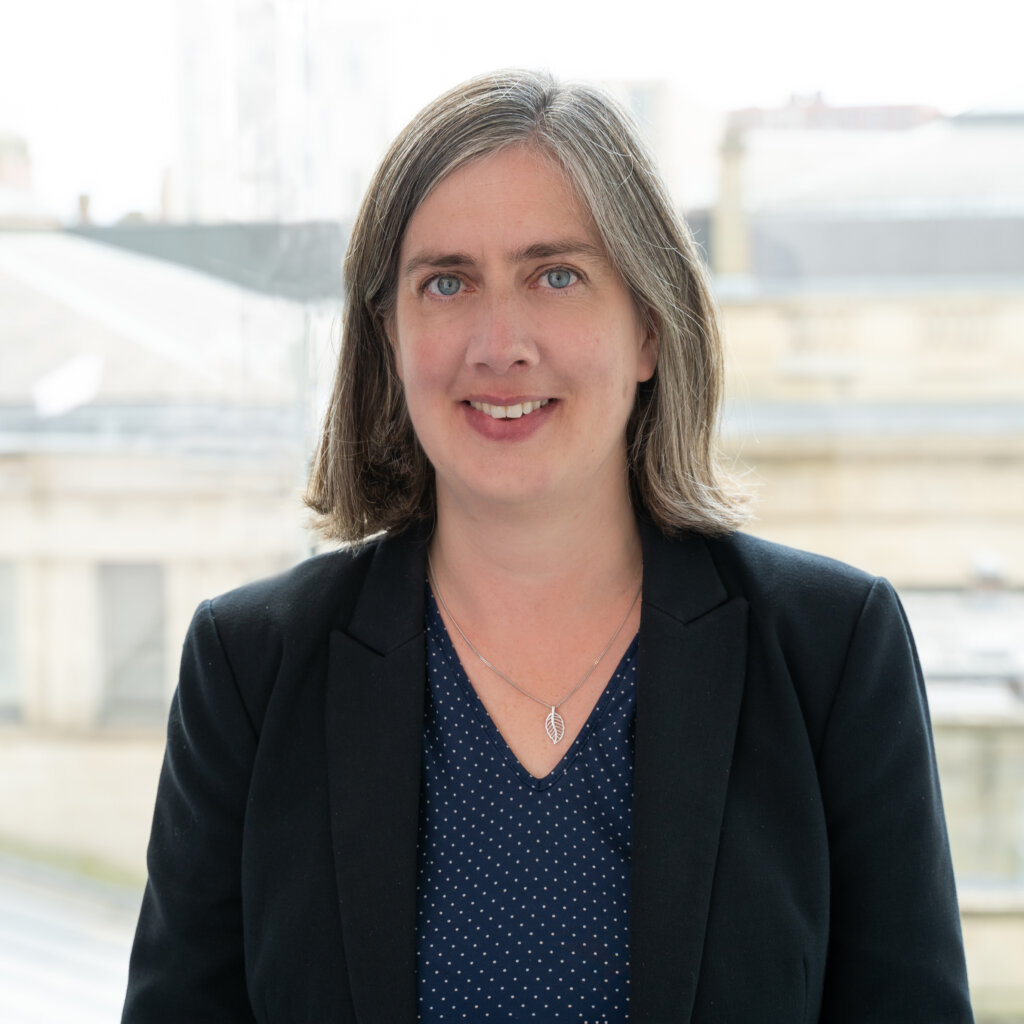
AI & Machine Learning
Noor Shaker – by Caroline Warren, Partner
“Noor Shaker’s work is an inspiring case in point for how AI can have a real impact on improving people’s lives through its applications in the pharmaceutical industry. As co-founder of Generative Tensorial Networks Ltd, a UK-based startup, she developed an AI-driven model with the aim to reduce the time and costs entailed in the discovery of drugs and development of new medicines. Now she is the CEO of start-up Glamorous AI and has numerous patents, continuing to challenge what we think is possible in regards to AI helping to find life-changing cures for disease.”
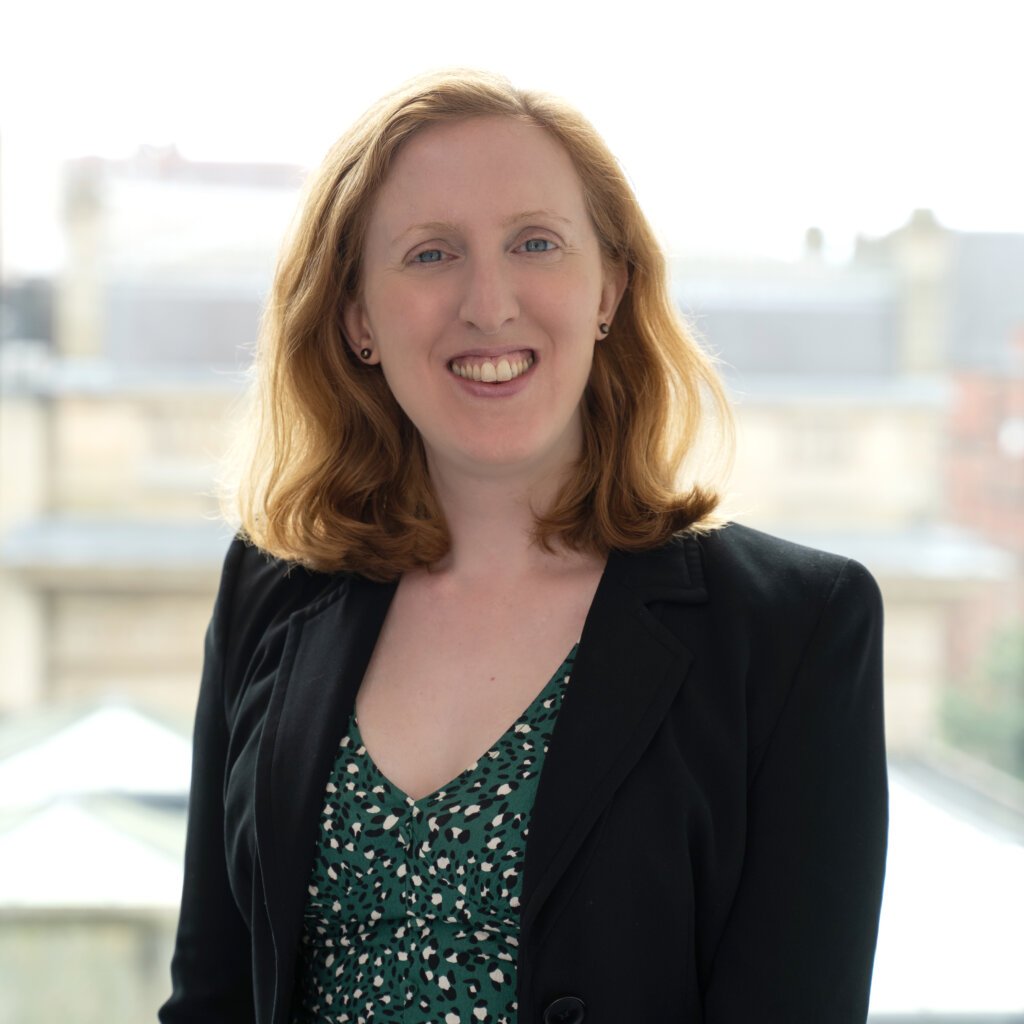
Biotechnology
Dr. Helen Lee – by Anna Gregson, Partner
“Dr. Helen Lee has pioneered technologies in rapid diagnostic testing for infectious diseases, striving to make testing more affordable, accessible and accurate. She founded her company, Diagnostics for the Real World, with the goal of creating quick and portable testing kits for point-of-care (POC) diagnoses. She invented the SAMBA (Simple Amplification-Based Assay) device to simplify the execution of molecular diagnostic assays.
“The most recent version, named SAMBA II, was launched in 2018. SAMBA II has been used in Africa to improve the detection of HIV and, during COVID-29, was adapted for the pandemic and widely implemented in hospitals for rapid testing. Dr. Lee’s inventions, for which she has won several awards and been granted multiple patents, have improved lives in the UK and worldwide.”
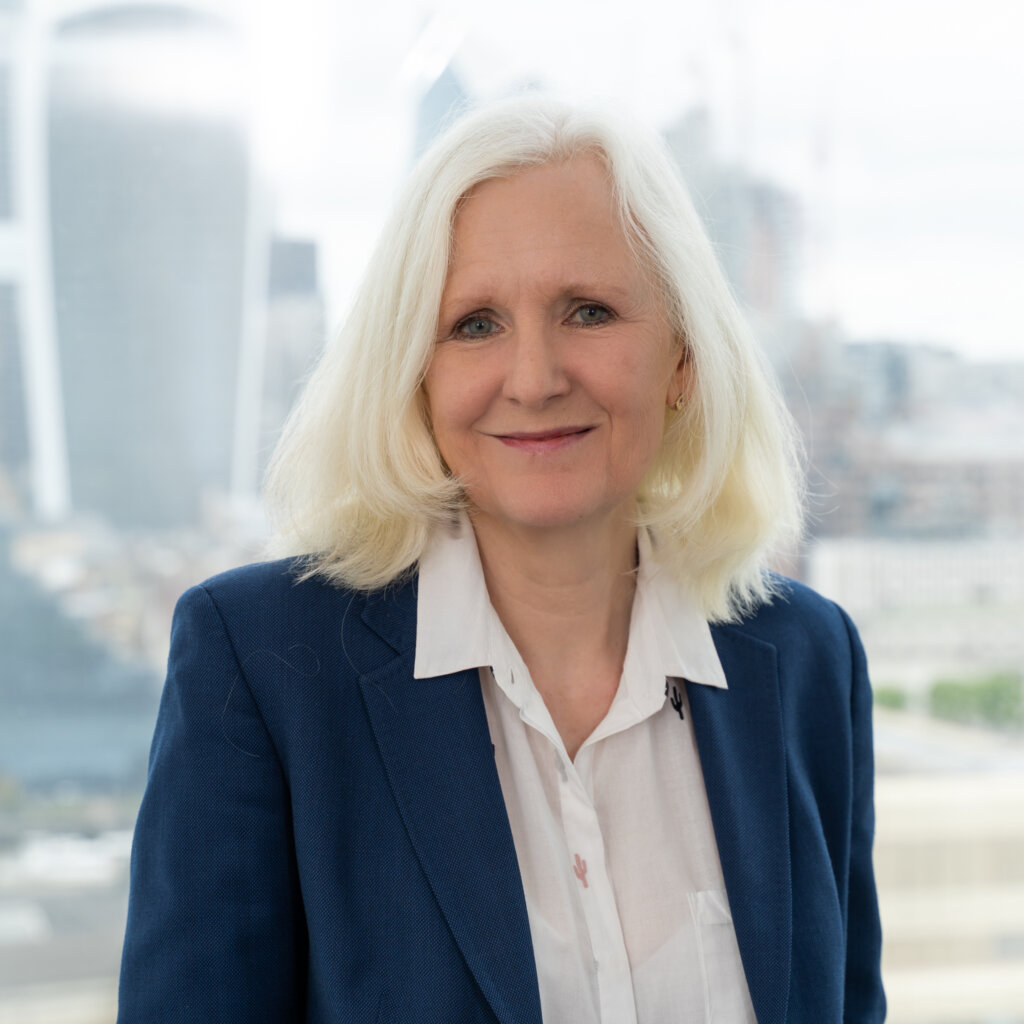
Cleantech
Maria Telkes – by Jane Clark, Consultant Partner
“Maria Telkes, born in 1900, was one of the first scientists to focus exclusively on solar energy and became known as the “Sun Queen” on account of her ground-breaking creations. In the 1950s, she invented the first solar-powered heating system, a trailblazer for modern solar panels, and co-designed the first house heated entirely by solar energy. Another of her inventions was the solar desalination system which was used in WWII on lifeboats, enabling sailors and soldiers to survive by drinking seawater. She held more than 20 patents, including one for her “thermoelectric power generator,” which she was granted in 1958.”
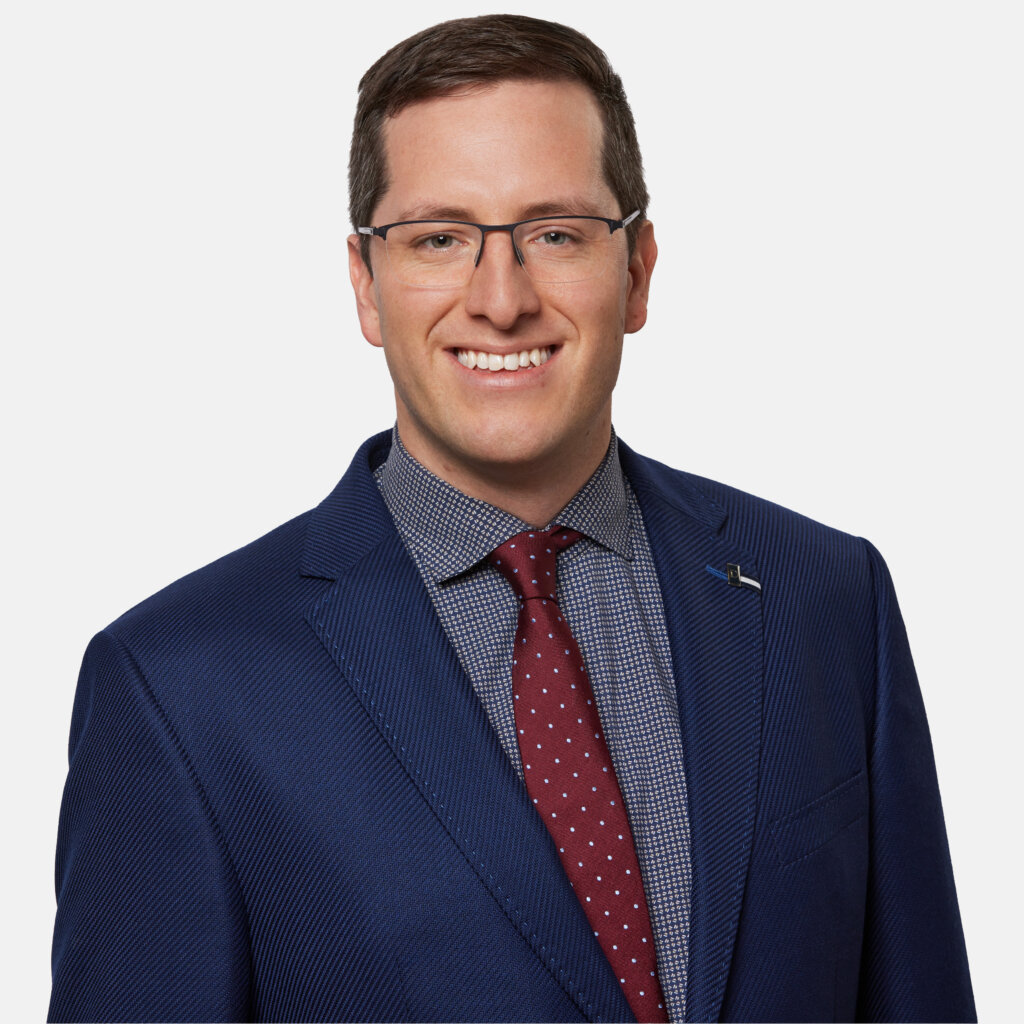
IT & Software
Ada Lovelace – by Johannes Zweck, Associate
“Ada Lovelace, born 1815 in London, is considered a pioneer in the field of computer programming, at a time before computers even existed. She designed the first algorithm for Charles Babbage’s “Analytical Engine” (a digital mechanical general-purpose computer with an arithmetic logic unit, a control flow for branching and loops, and memory). Her algorithm was not too dissimilar from a code written today in assembly language, leading to today’s perception of her being the “first programmer.”
“Though her work was largely forgotten for a century, it was rediscovered in the 20th century and is now regarded as revolutionary. Ada Lovelace challenged the preconceptions of women at the time and her story demonstrates the importance of diversity in creating new inventions. “
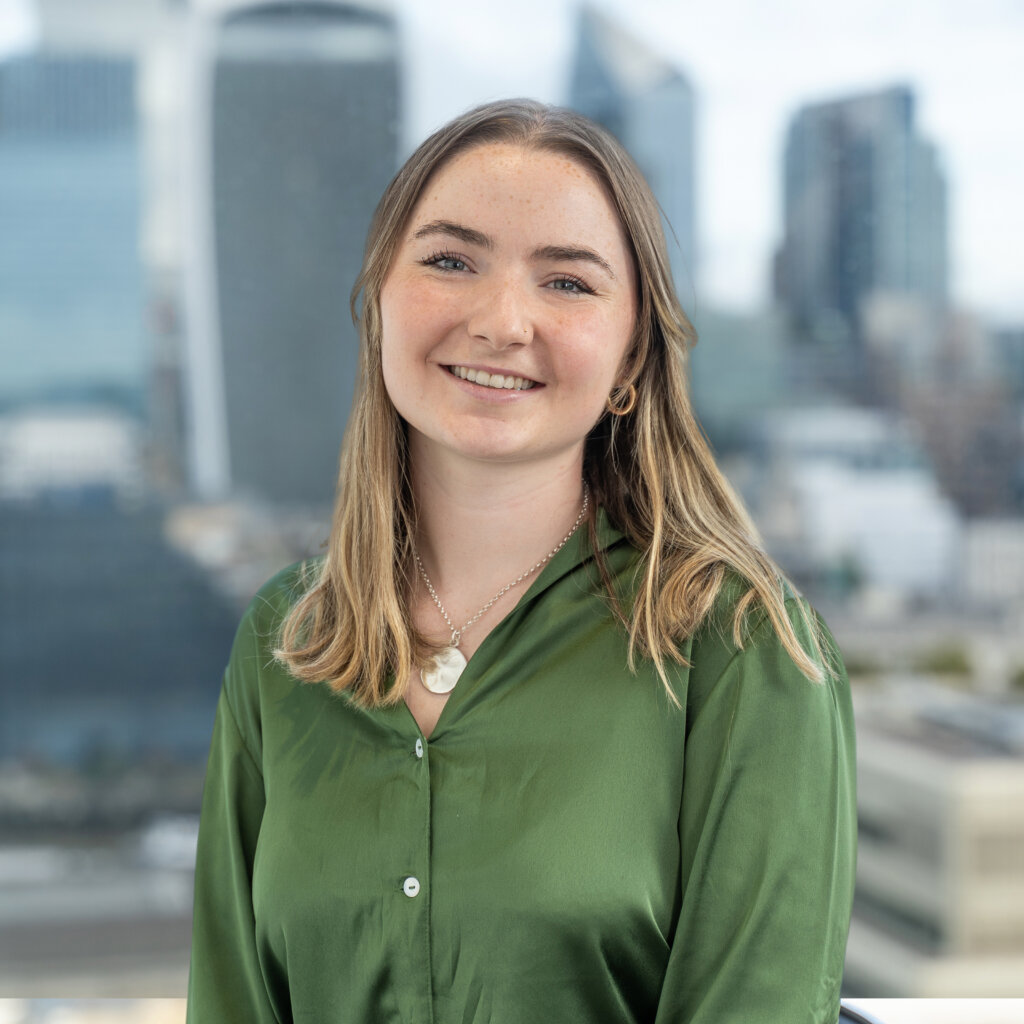
Life Sciences & Chemistry
Dr. Henrietta Boyd – by Sophie Wilson, Technical Assistant
“As CEO and co-founder of Halocycle, a startup founded in 2020 and awarded the title of UK Tech Innovator in 2024, Dr Henrietta Boyd is one of the women beating the odds faced by female entrepreneurs.
Halocycle develops innovative chemical recycling processes to deal with plastic waste, in particular PVC. PVC poses a problem for both mechanical and chemical recycling due to its chlorine content, resulting in the production of hydrochloric acid when the plastic is broken down. However, Halocycle’s microwave processing technology, which involves a different type of heating than other chemical recycling techniques, can be used for the recycling of packaging containing chlorine and has a lower carbon footprint. Thanks to Dr. Henrietta Boyd’s work, the company is helping foster a more sustainable and circular economy.”
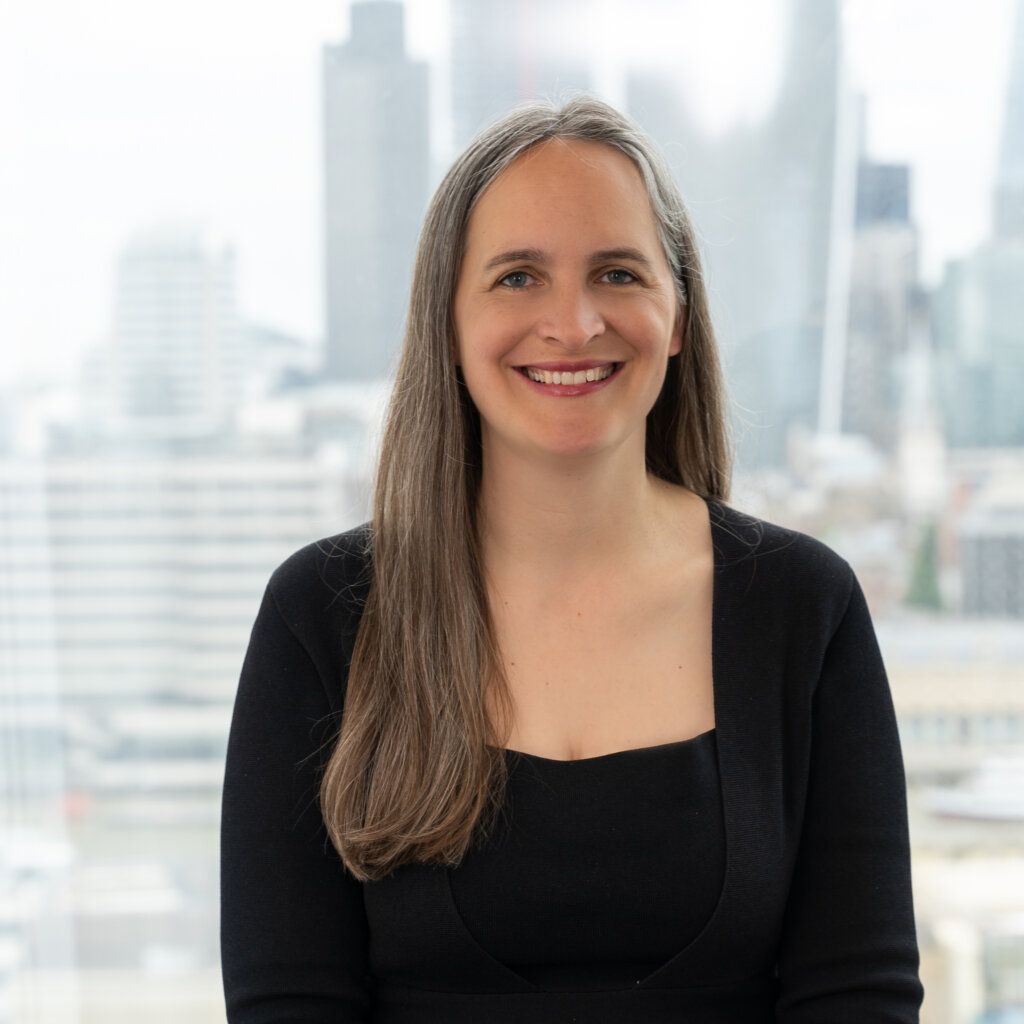
Manufacturing and Engineering
Erna Hamburger – by Andrea McShane, Partner and D&I Officer
“Erna Hamburger was the first woman to be appointed full professor at a Swiss Polytechnic university, becoming a professor of electrometry at EPFL in 1967. Her academic career included research in the fields of radio and high frequency engineering and heading the Laboratory of Electrometry and Electrical Machines, which became the Department of Electric Engineering of the EPFL.
“A patent was granted for her work as an electrical engineer at Paillard SA prior to her appointment to the EPFL (titled “Recording and reproducing of sound”). Beyond her academic focus she worked for a number of international commissions including the ISO in the fields of basic electrical standards and terminology of electrical engineering. Hamburger was engaged in promoting and supporting women in STEM and higher education, and an annual Erna Hamburger Prize recognizes exemplary female careers in science.”

Medical Devices
Patricia Bath – by Jessie Harrison, Associate
“Patricia Bath revolutionised eye care with her invention of a ‘Laserphaco Probe’ for cataract surgery in 1986. Before this invention, cataract surgery necessitated the manual removal of the cloudy lens, whereas Bath’s method uses a laser to break up the cataracts and a suction device to remove the debris, which is a lot less invasive and time-consuming. She was granted a patent for the Laserphaco Probe in 1988, paving the way for the use of lasers in medical surgery and becoming the first African American woman to receive a medical patent in the United States.”

Pharmaceuticals
Professor Dame Carol Robinson – by Maxwell Haughey, Associate
“Professor Dame Carol Robinson has made remarkable contributions to the pharmaceutical field through her work in mass spectrometry and structural biology. She developed innovative techniques using mass spectrometry to study proteins, improving our understanding of how drugs interact with the body. Her contributions have revolutionised drug discovery, and her research has helped pharmaceutical companies to design better targeted drugs.
“Her career also showcases important steps for women in STEM and academia: she was the first female Professor of Chemistry at both the University of Cambridge and the University of Oxford, and was awarded a Damehood in 2013 for her impact on science. Last July, Professor Dame Carol Robinson was presented with the Lifetime Achievement Award by the EPO.”
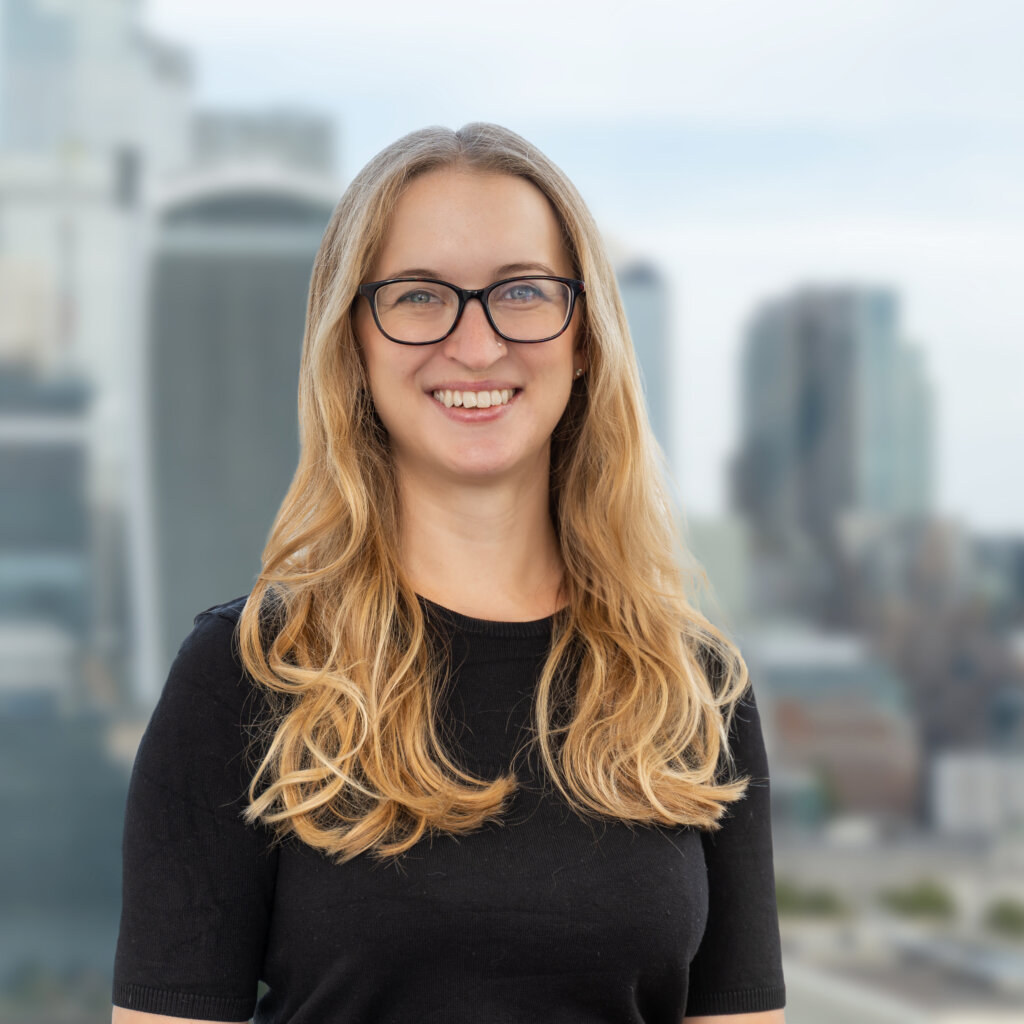
Tu Youyou – by Lindsay Pike, Associate
“Tu Youyou is a pharmaceutical scientist responsible for one of the greatest medical breakthroughs of the 20th century. She was appointed to lead Project 532 in 1967, a research project initiated to find a treatment for malaria, operating in secrecy during the Cultural Revolution in China. Through her study of traditional Chinese herbal remedies, she discovered that artemisinin (found in sweet wormwood) can kill the malaria parasite when isolated using specific extraction methods.
“Her discovery was life-changing, especially during a time when malaria was killing thousands of soldiers and civilians during the Vietnam War, and the drug has gone on to save millions of lives, reducing malaria deaths by 50% since 2000. Artemisinin-based combination therapies are still the most effective malaria treatment in the world, despite emerging drug-resistance in malaria parasites. Tu Youyou became the first Chinese woman to win a Nobel Price (Medicine, 2015), and has also been awarded the Order of the Republic, the highest civilian honour in China.”

Optics and Imaging
Janine Connes – by Louis Brosnan, Technical Assistant
“Janine Connes was a French astronomer and physicist who improved the resolution of imaging through Fourier Transform Infrared Spectroscopy by several orders of magnitude, working on the method between 1961-1968. She regularly worked alongside NASA at the Jet Propulsion Laboratory, and later captured planetary spectra of Mars and Venus in far greater detail than previously possible. Thanks to her contributions, new uses for the imaging of spectra were developed in the fields of nanotechnology, microscopy and chromatography. She was appointed as a director of the French National Centre for Scientific Research (CNRS) in 1969, leading their electronic computing division.”
The examples above are just a small fraction of the many women that have helped advance what is possible within IT and Engineering, and Life Sciences and Chemistry. They demonstrate that overhauling the exclusion of women from these sectors will not only help women, but help our planet and the people on it.
We would like you all to join us in wishing a happy International Women’s Day to the women around us!

